Of the 10 cars that recorded the most market share growth in Europe during 2018, do you care to estimate how many of those were crossovers and SUVs? That’s right, every single one of them. The SUV is no longer a trend or a craze but a full-blown epidemic.
With the sector growing by 20% every year, already more than a third of all new cars being sold right now are SUVs of one size or another. We’re living in a George Orwell novel. New car buyers are terrified of being rounded up by Thinkpol if they so much as leaf through a saloon or estate car brochure, so they obediently choose high-riding hatchbacks on PCPs instead.
Consider the Seat Arona. The tiny Spanish crossover is certainly very popular among buyers, sitting in first position on our list of hot-selling tall cars. It is equally popular here at Autocar: it is the best car of its type.
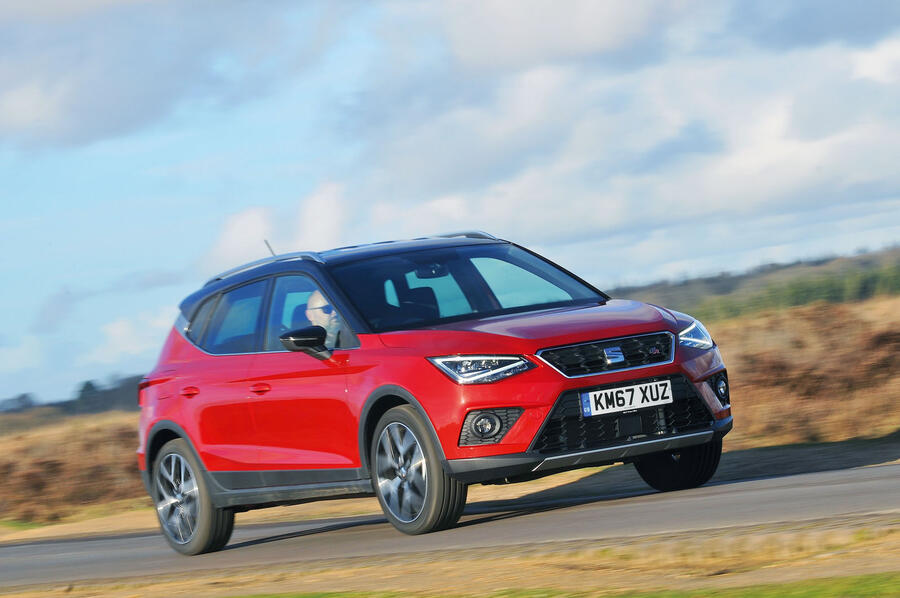
It’s refined for one so small and its cabin is spacious, all of which means the Arona is a terrific car in many ways, except that it’s entirely uninteresting to look at and even less interesting to drive. It’s also quite slow.
We have to believe there are far more imaginative ways to spend the £16,750 you’ll need to hand over to buy even the cheapest model in the range. In fact, here we offer 18 significantly more interesting cars for the same money or less – cars that are either thrilling to drive, dripping with character, great to look at or, in a small number of cases, just endearingly odd.
We are living in Crossovia, but you needn’t be a citizen.
Coupés
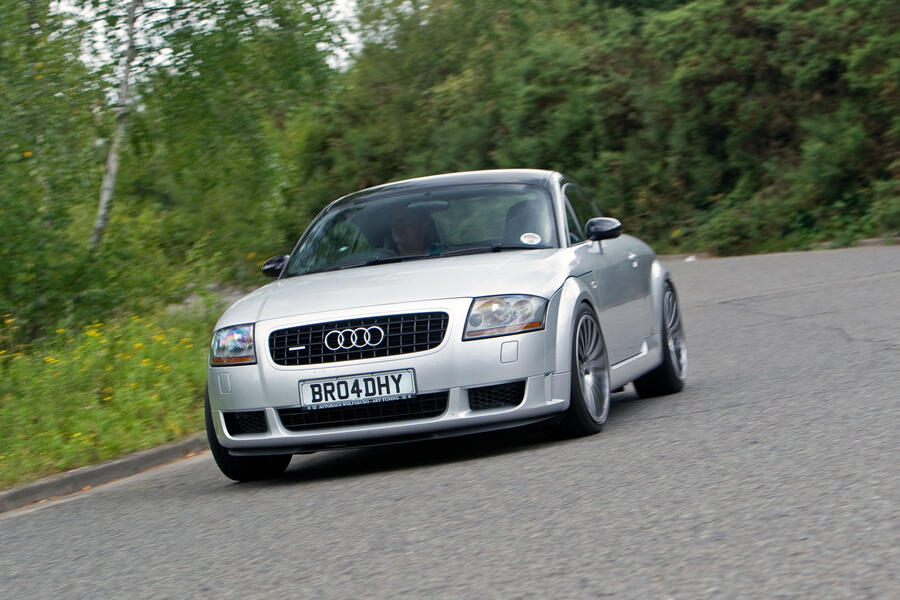
Audi TT Sport Quattro: What better way to address the prevailing criticism of the Audi TT – that it wasn’t really a proper sports car – than to tear out its rear seats, drop in a chunky metal brace in their place and fit a pair of fixed-back bucket seats up front? No more than 800 came to the UK so the Sport Quattro does have rarity on its side, but despite the weight-saving regime, those racy seats and 237bhp, the most athletic TT was still a bit flat on its feet. It’s unusual, though, and for around £10,000 you’ll pick up a minter.

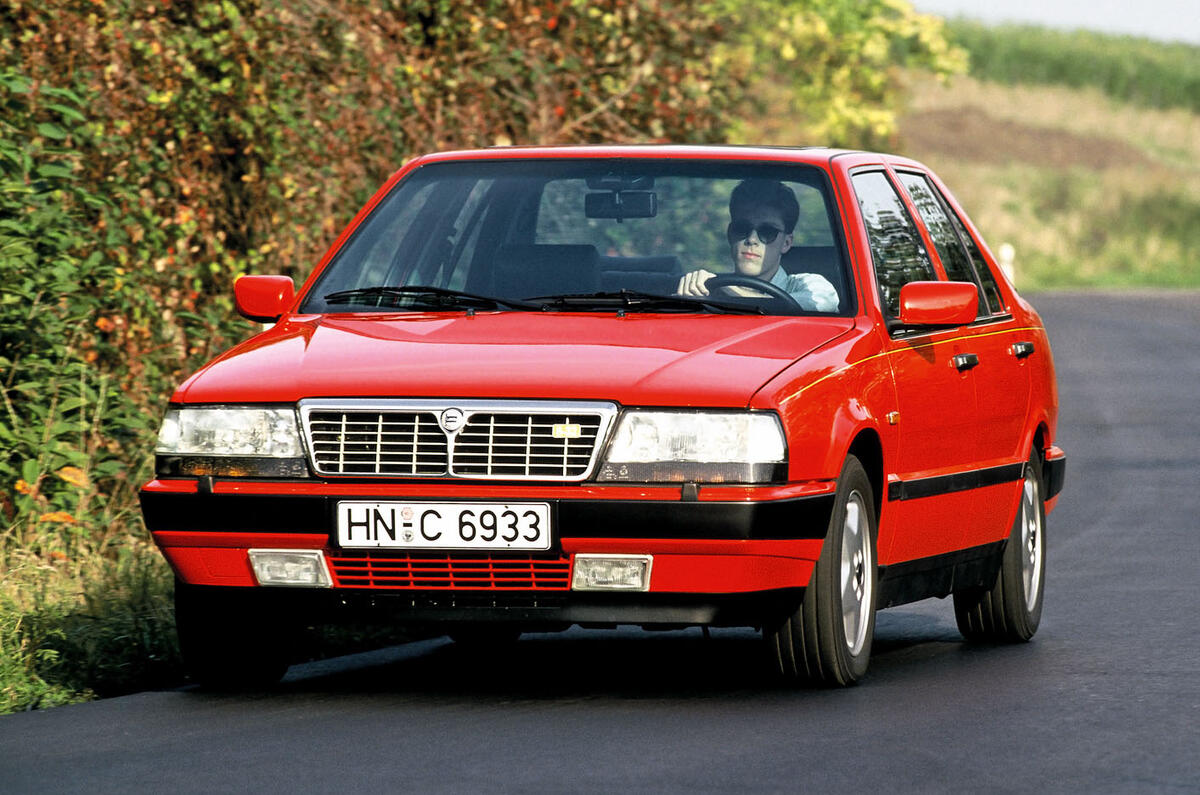
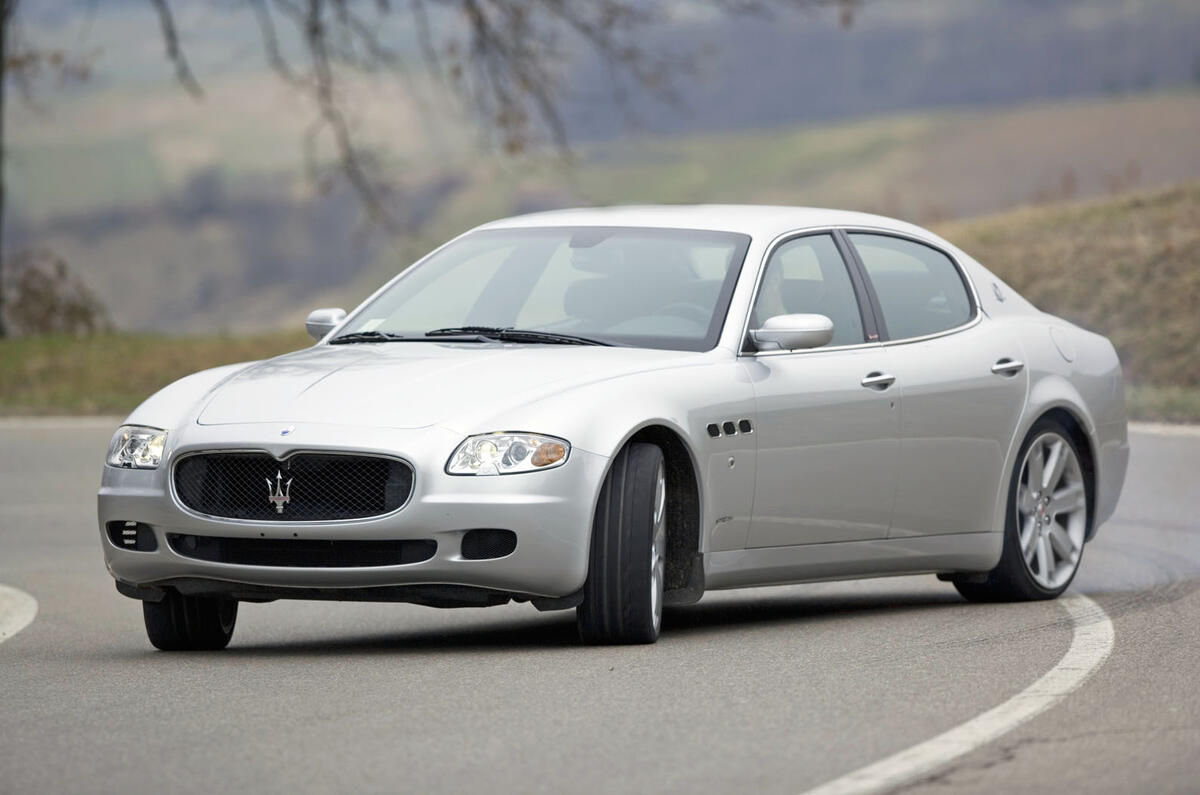

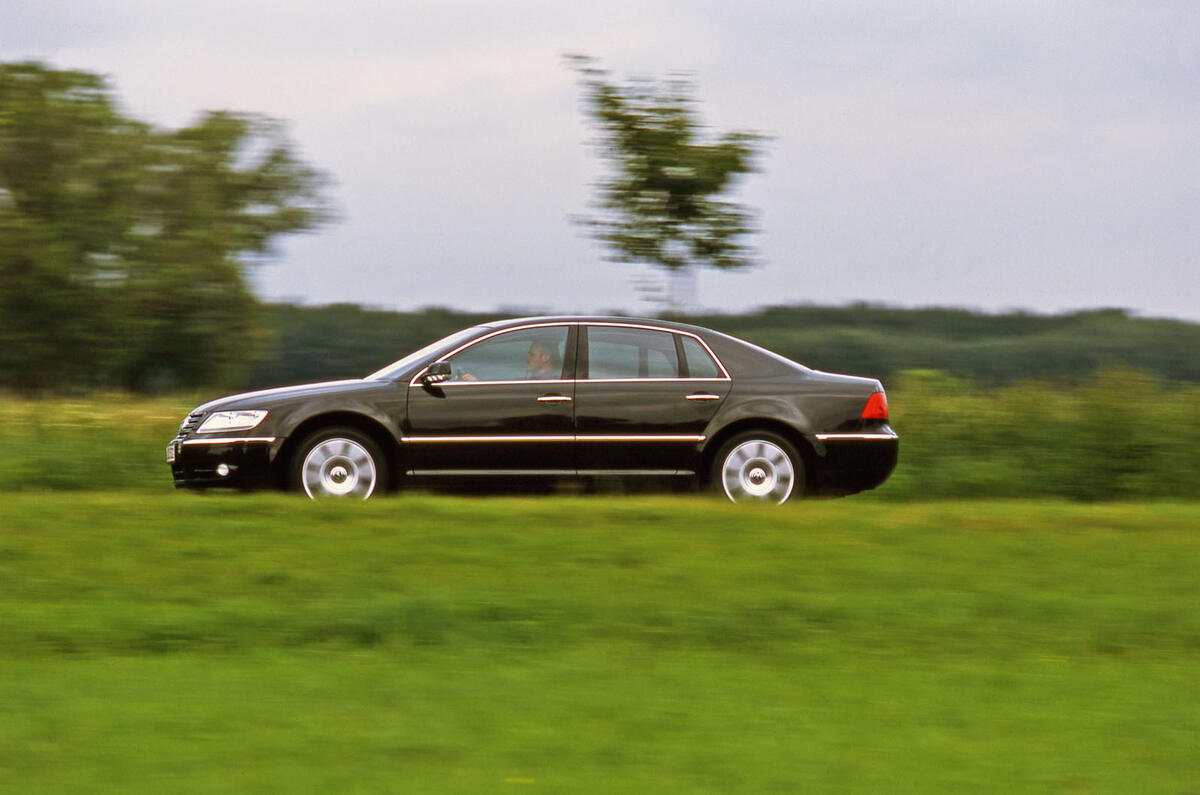
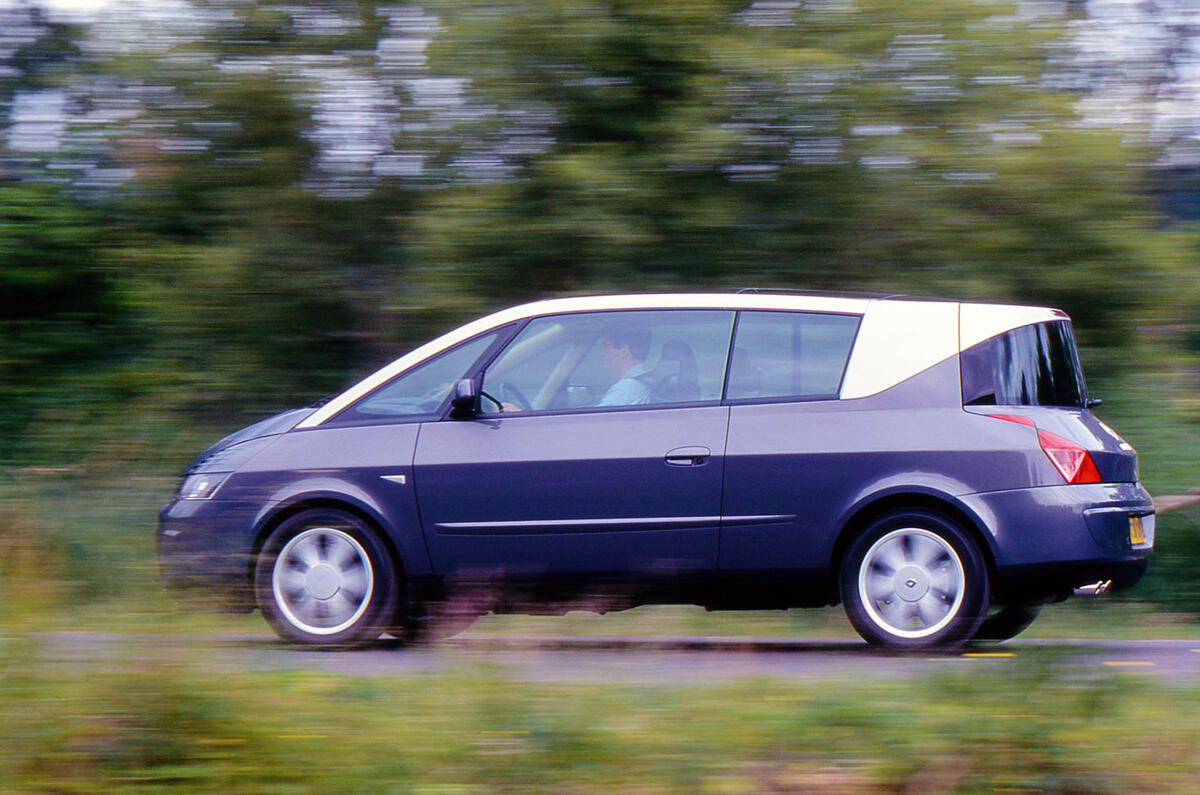
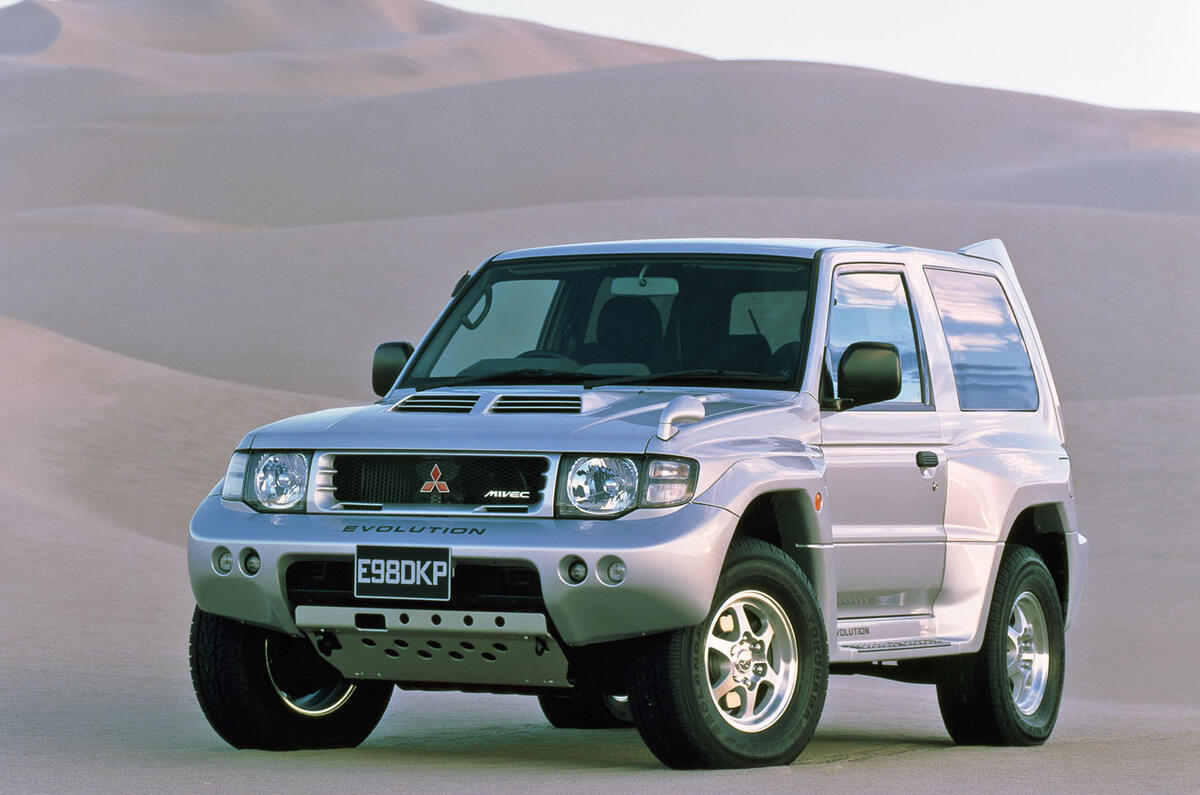

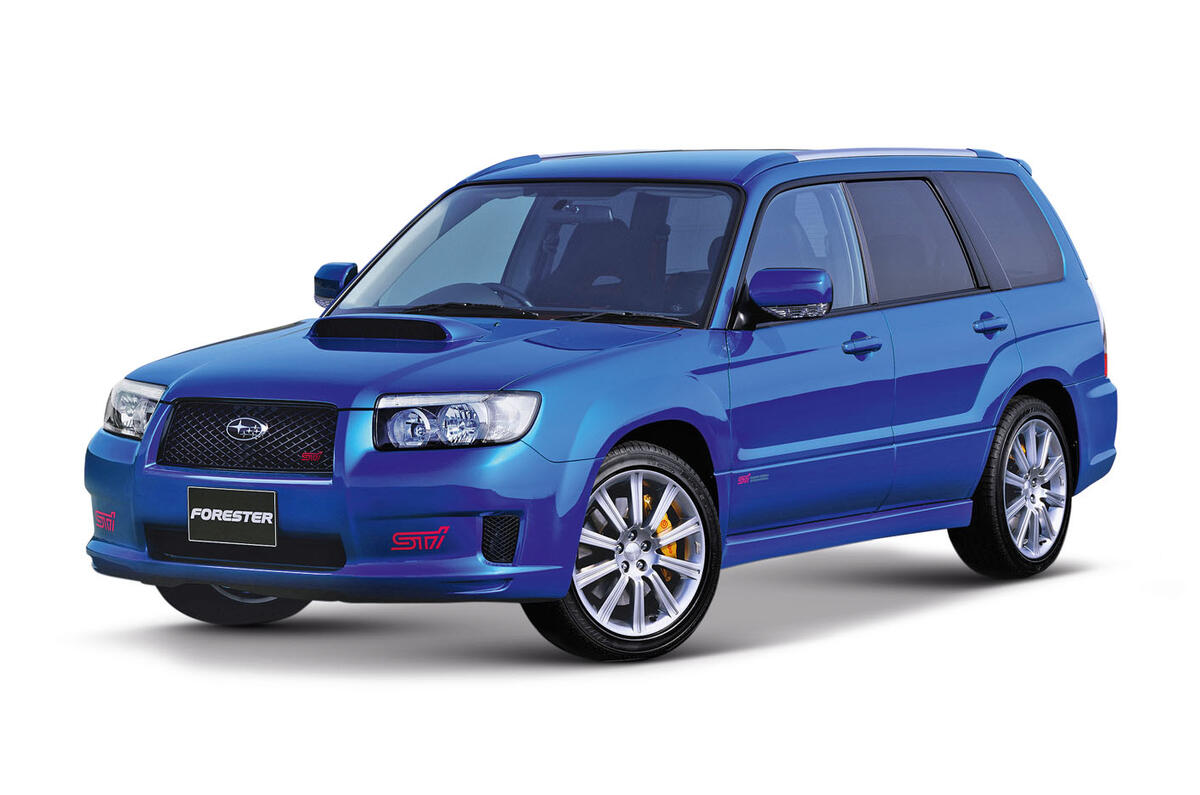

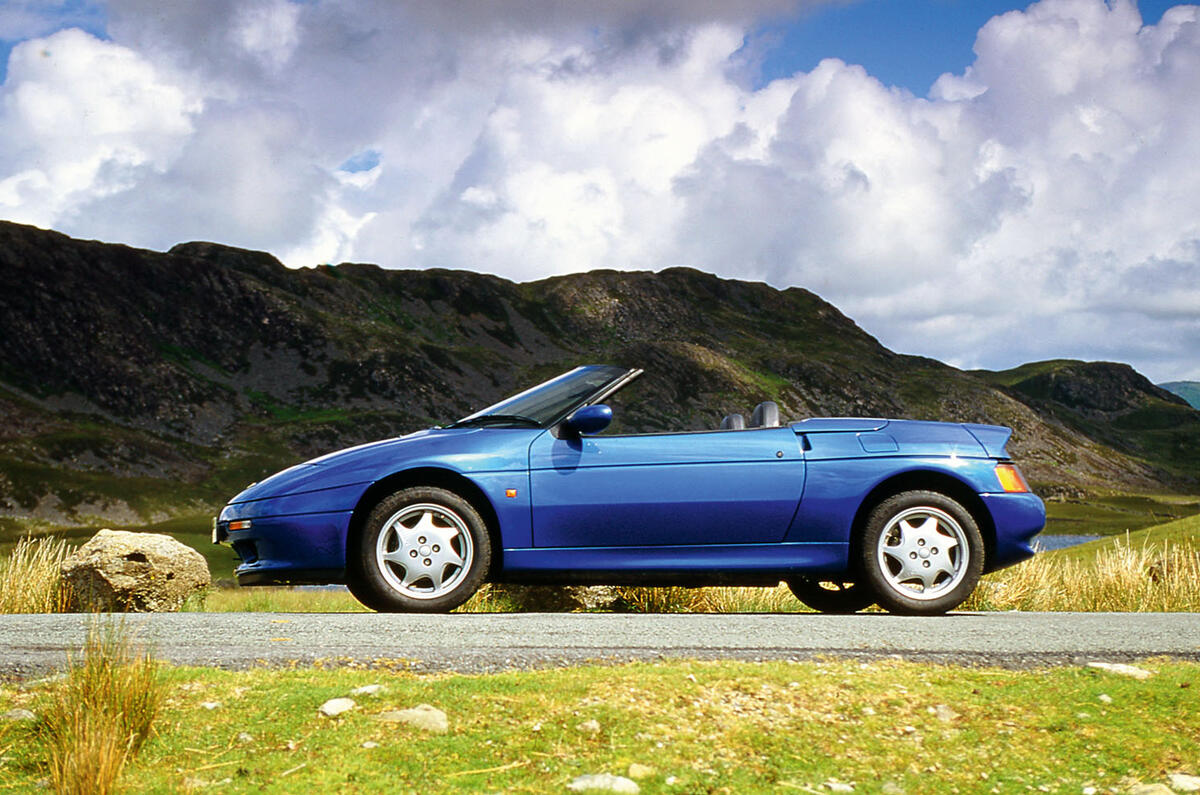
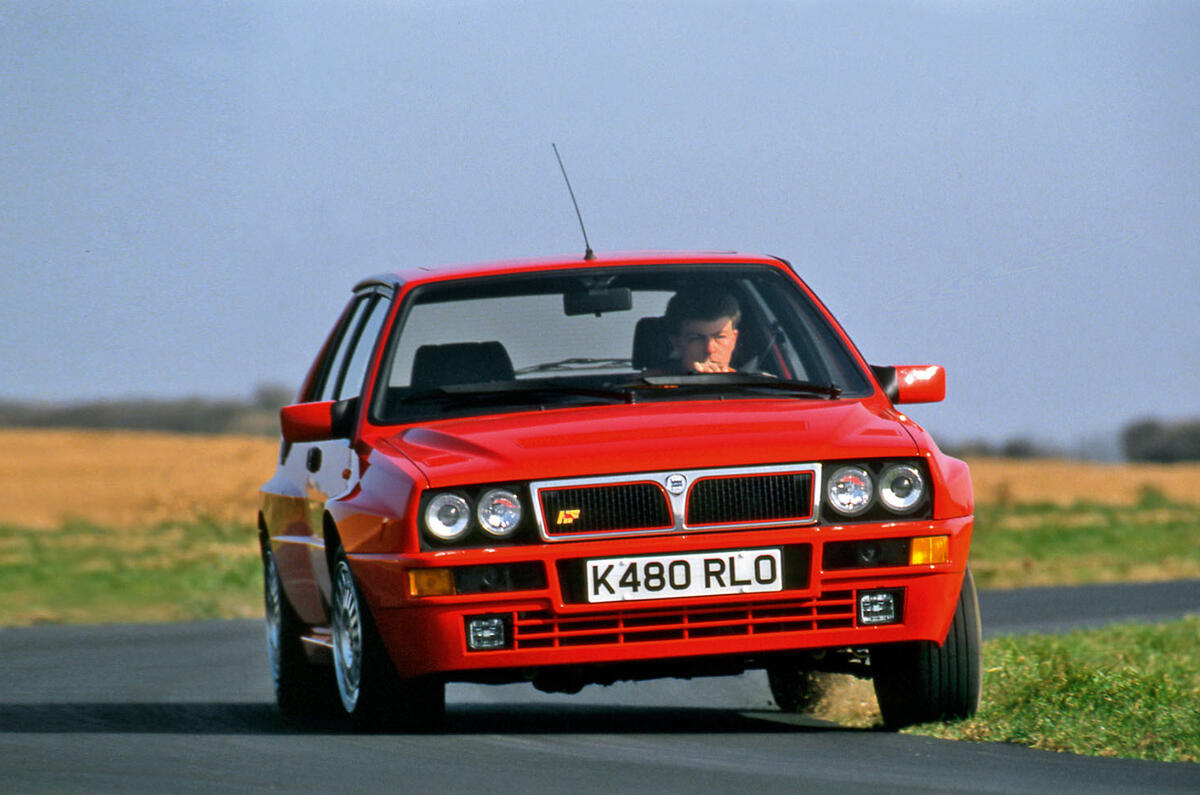

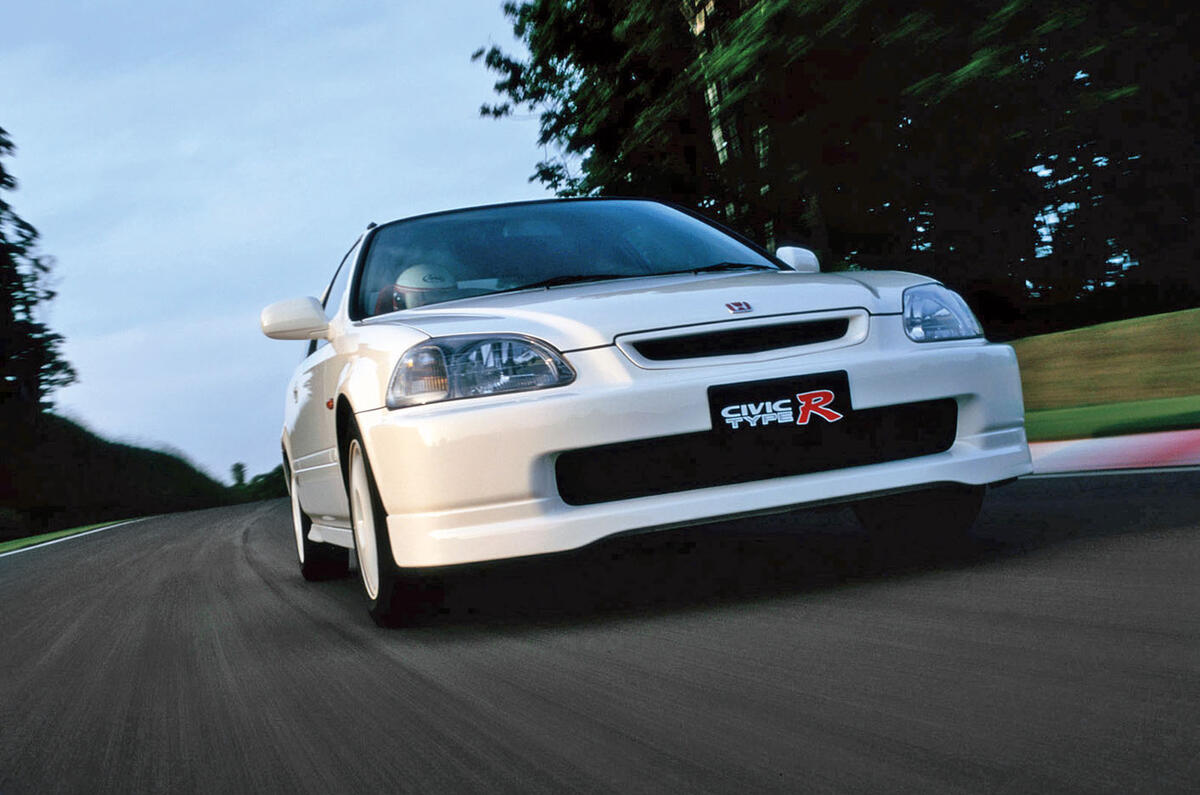
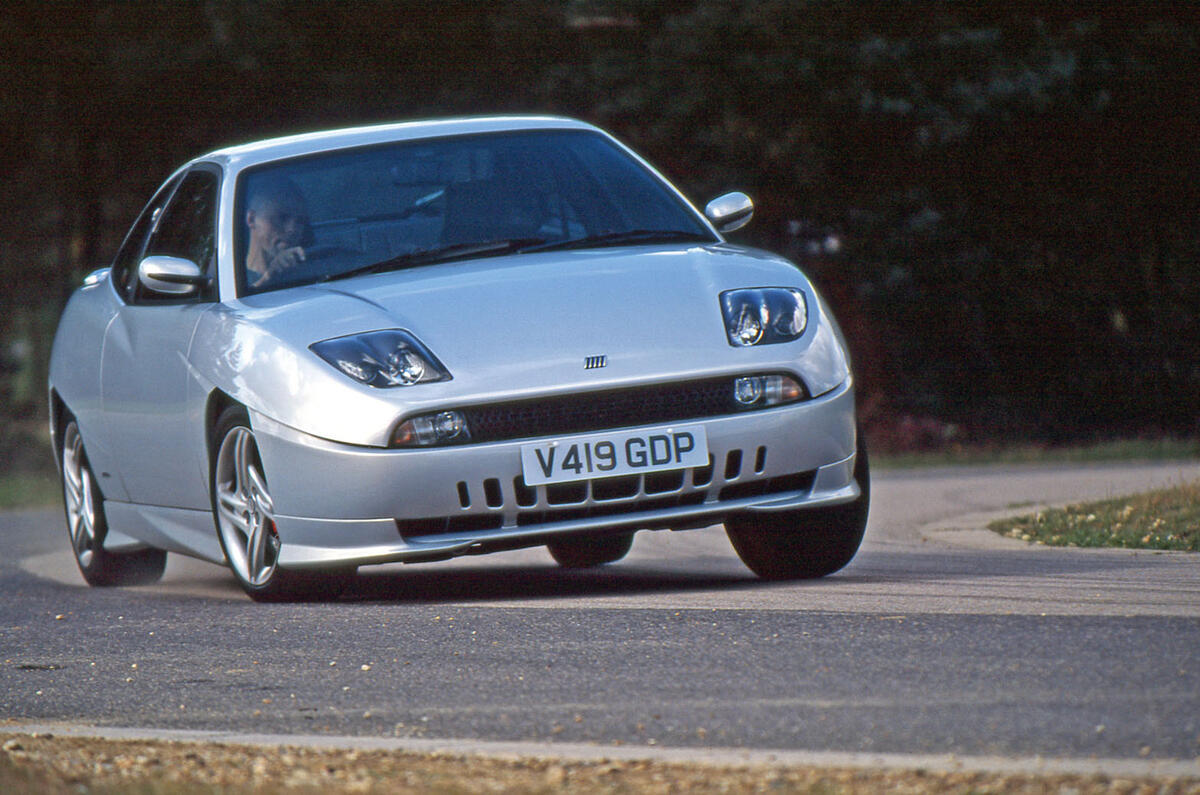
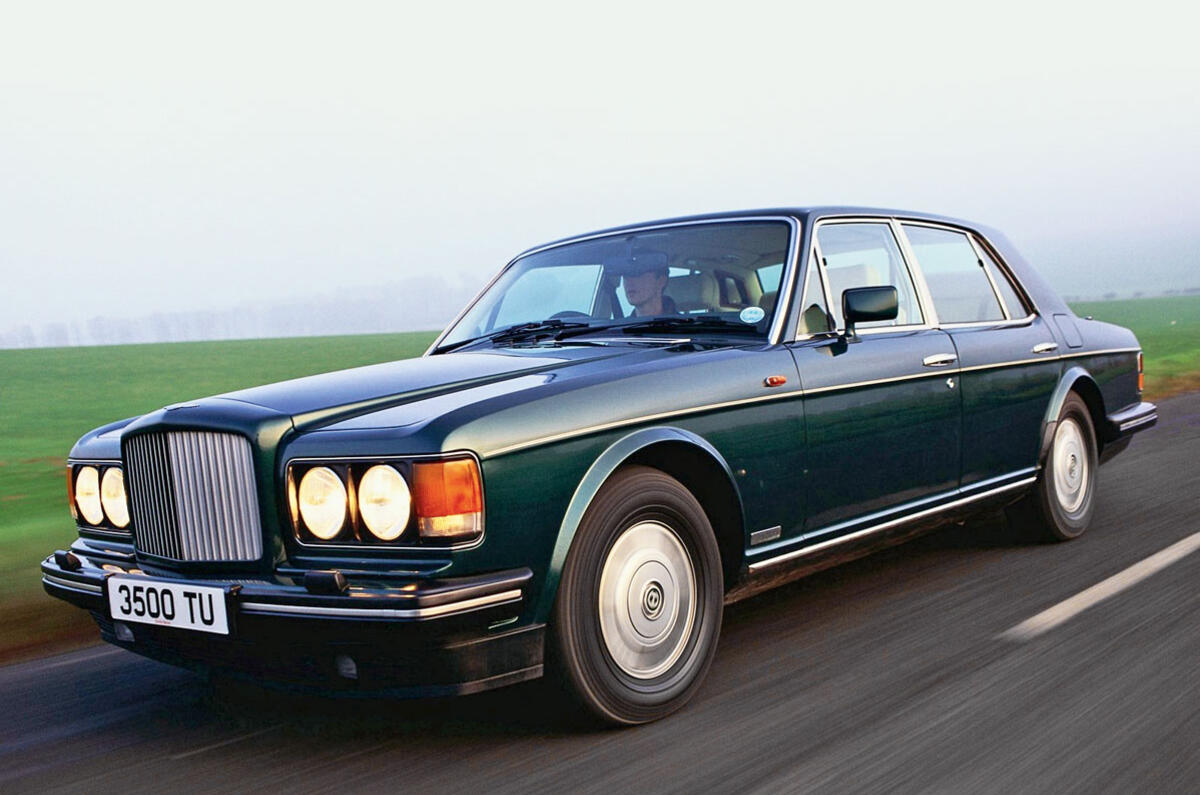
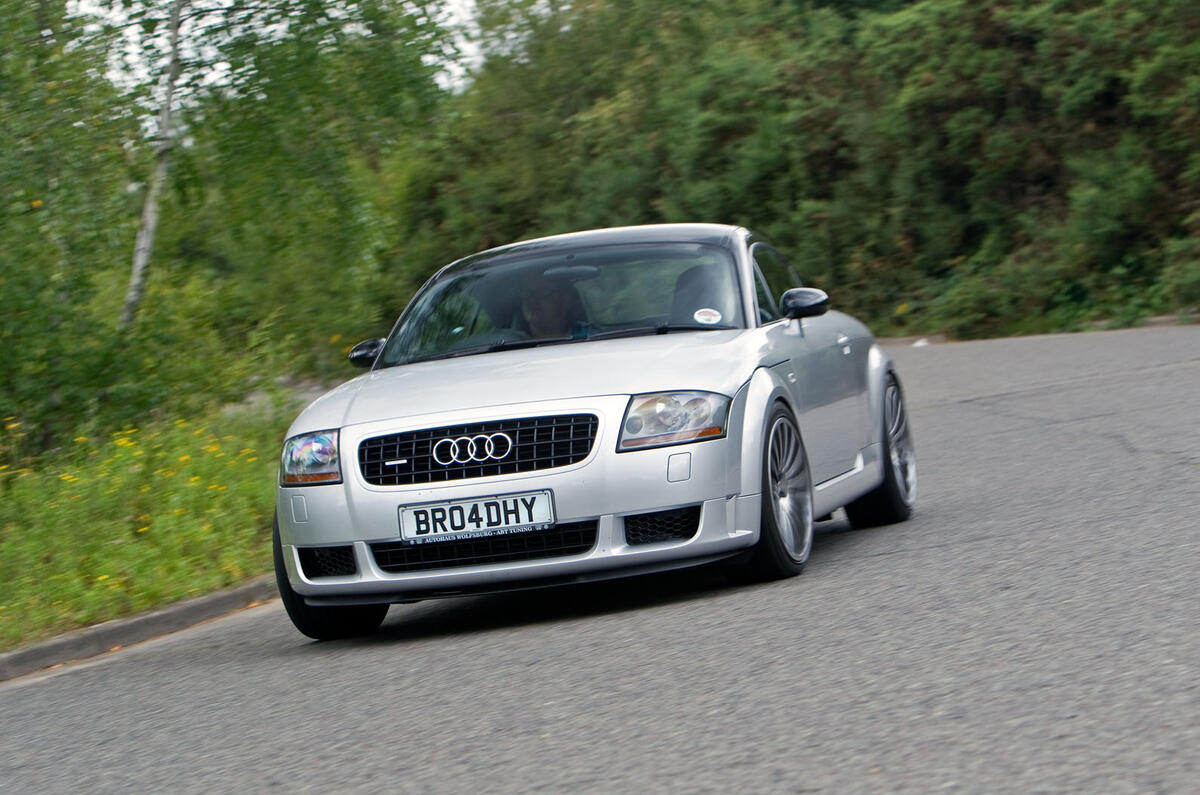
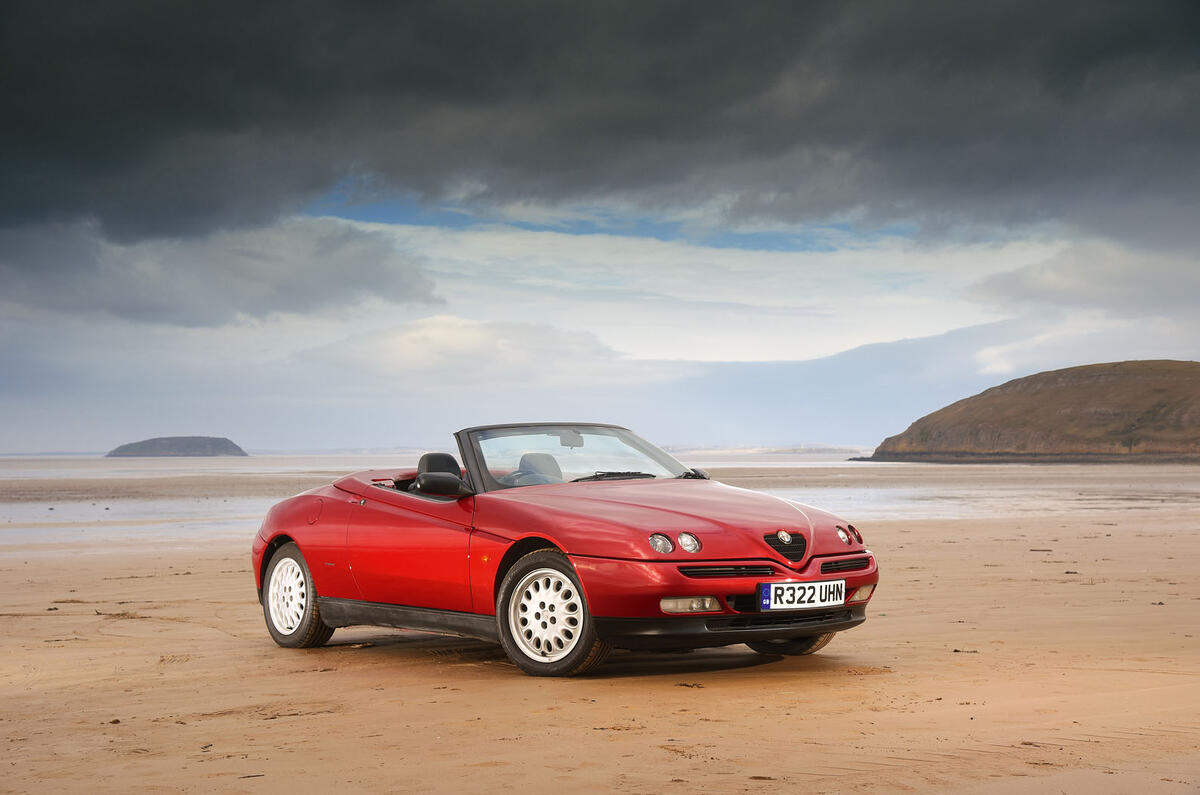

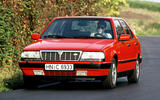
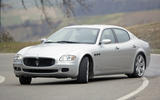
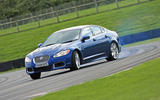
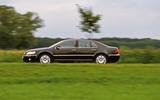


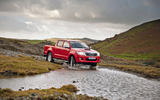

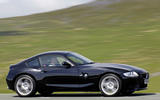
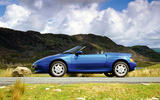
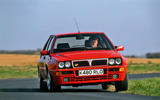

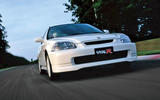
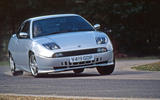
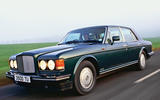
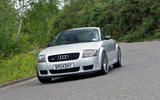
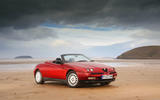

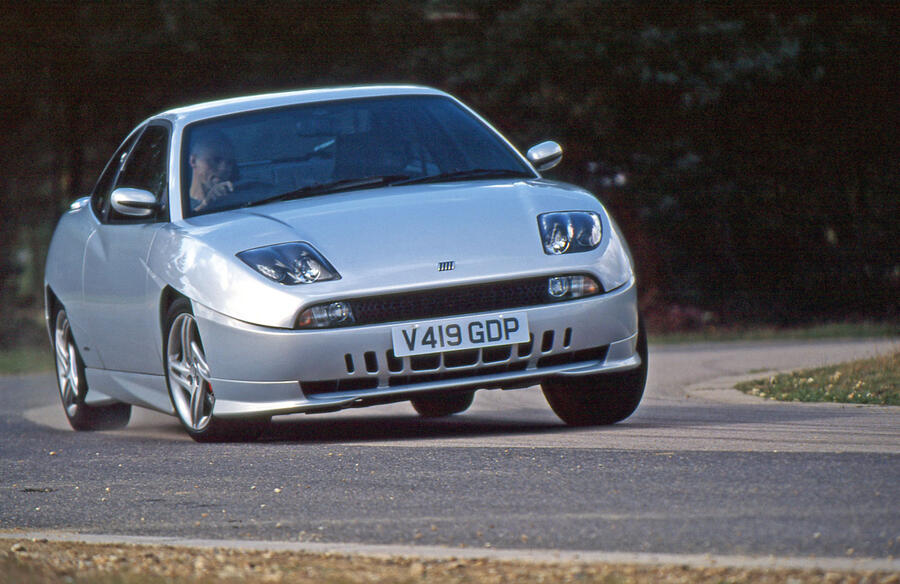
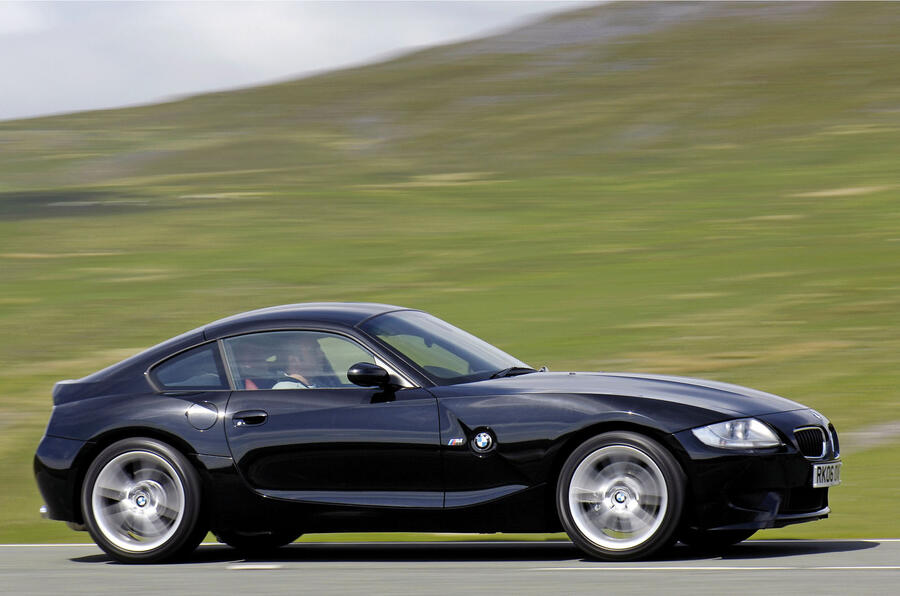
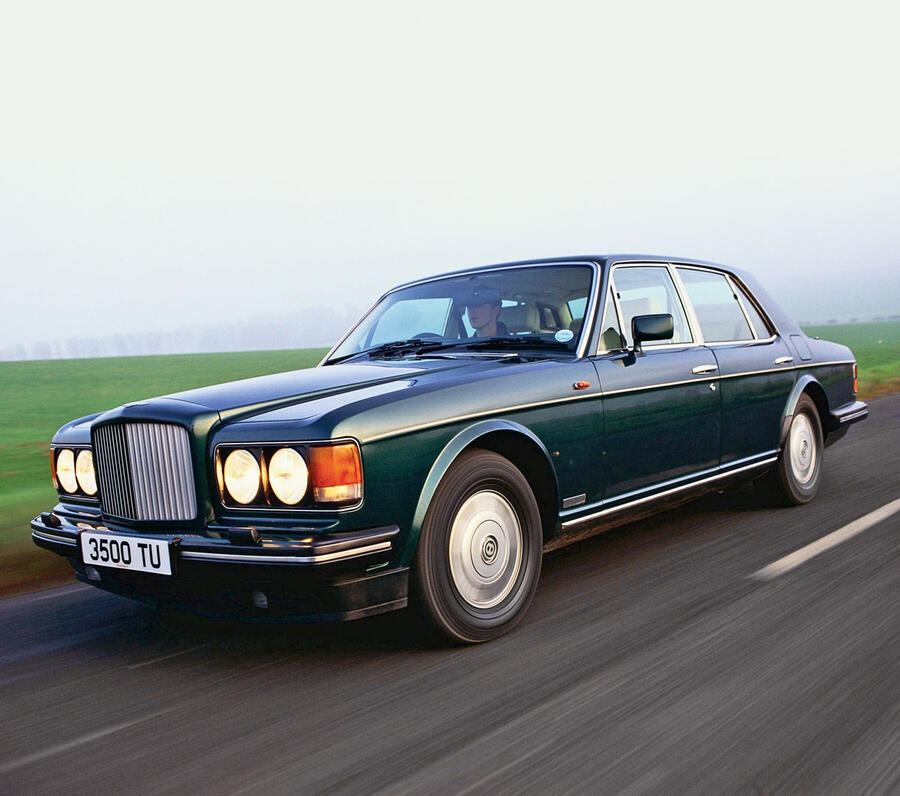
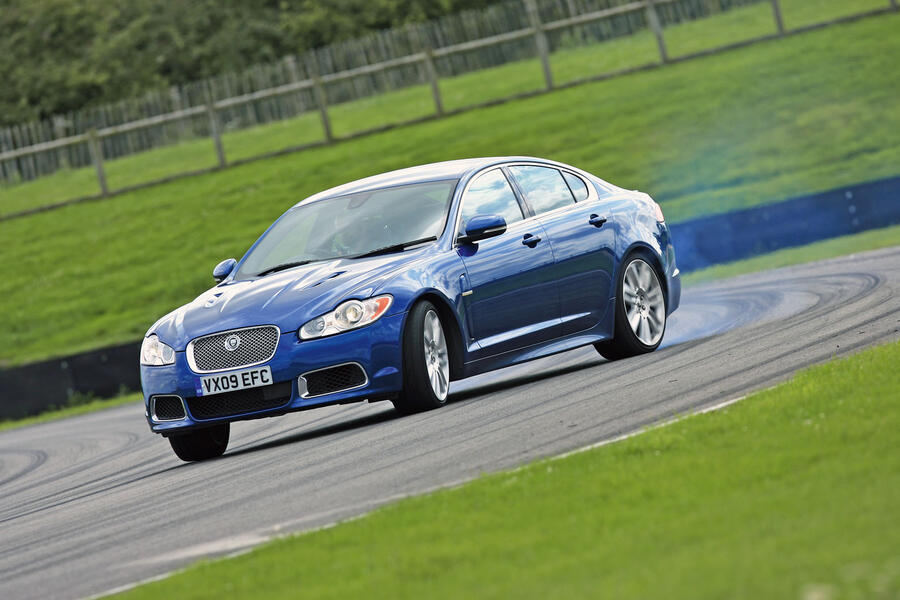
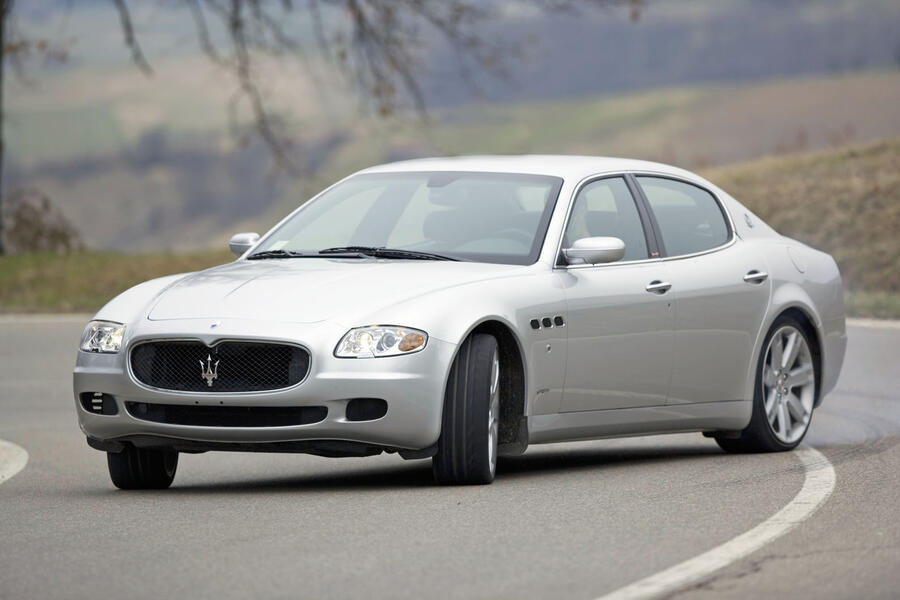
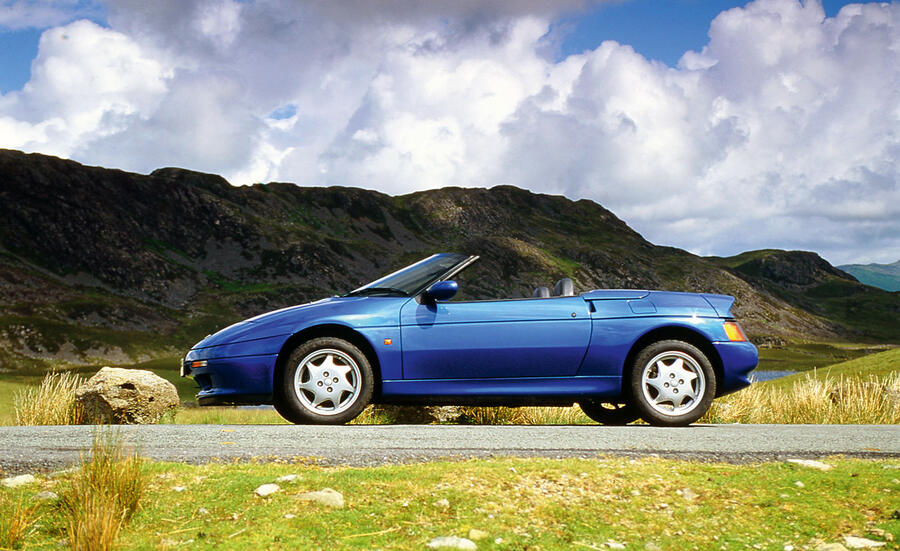
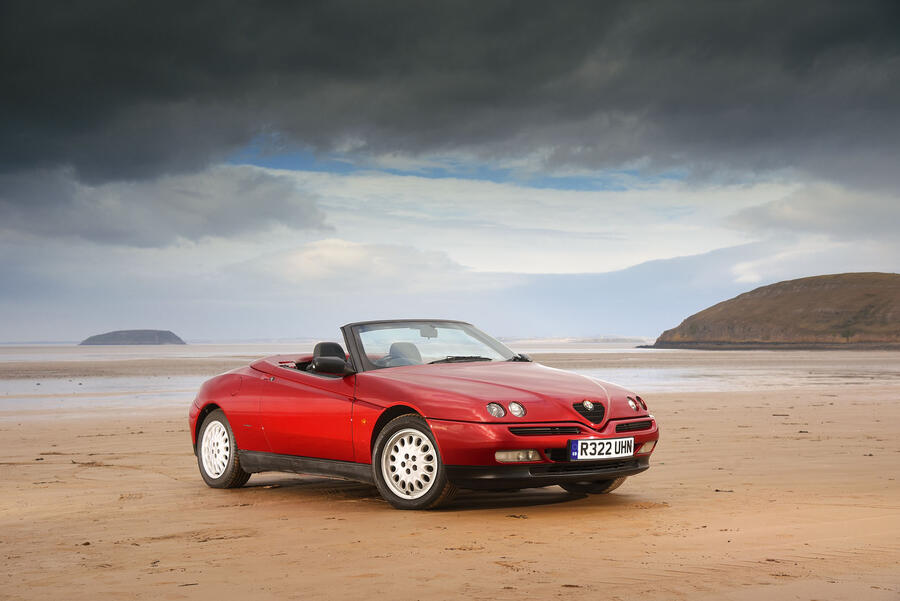
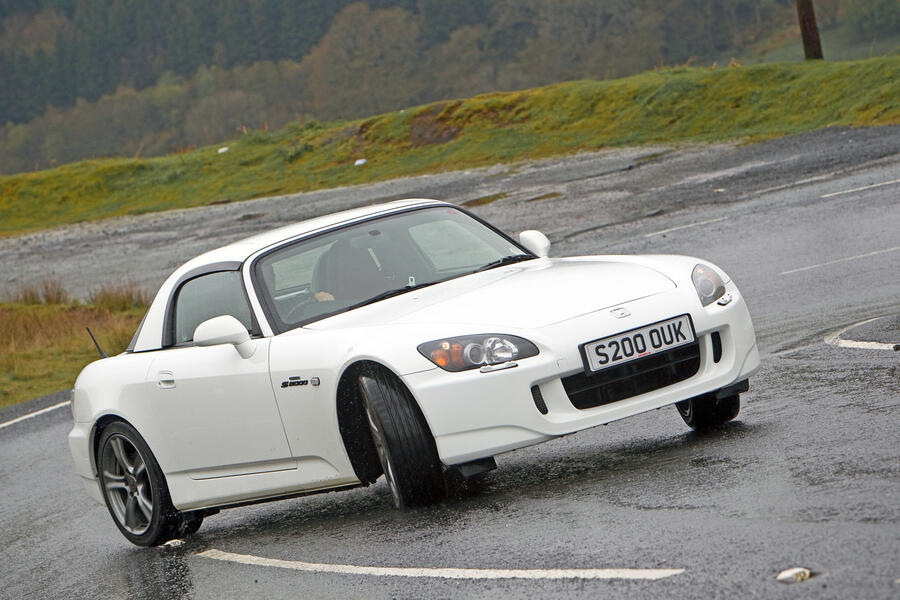
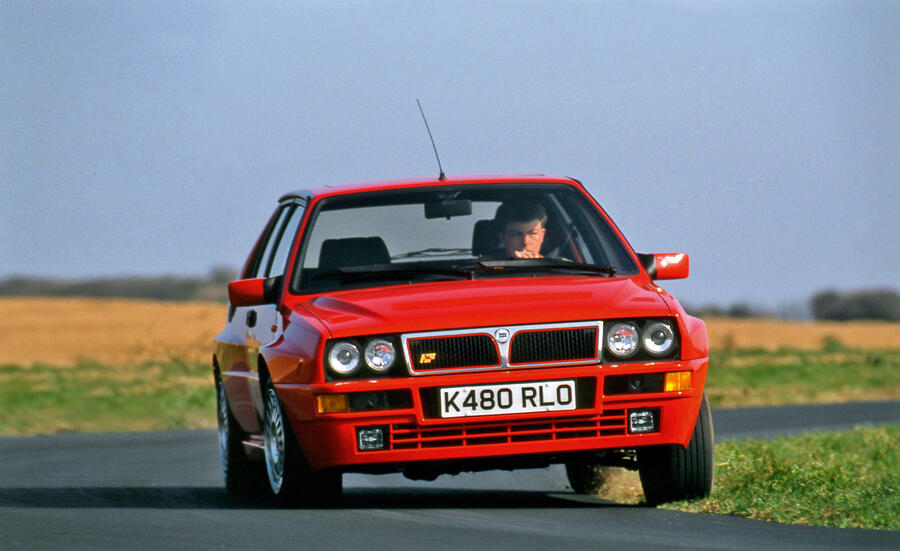
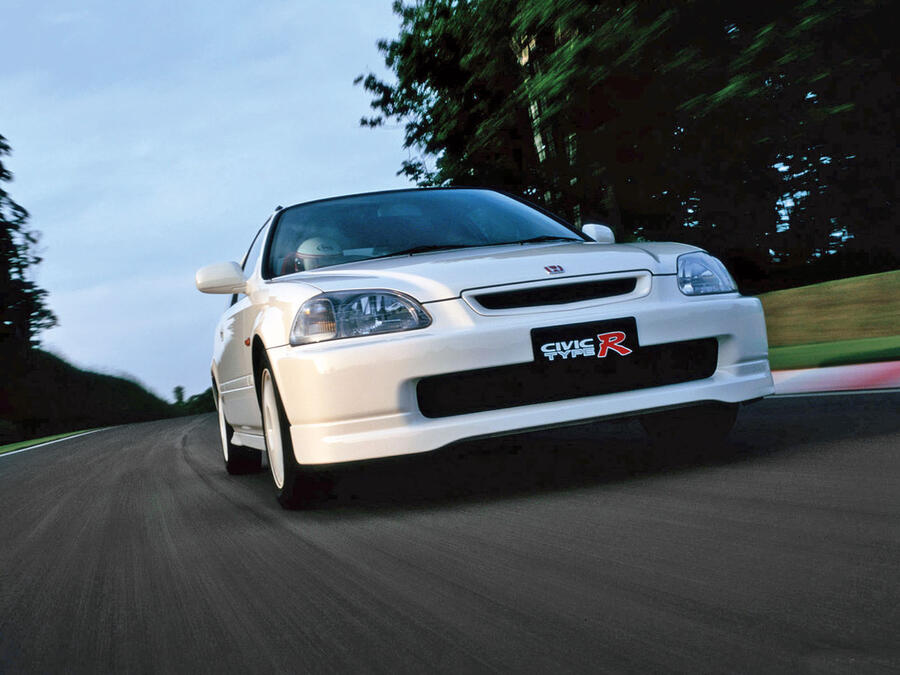
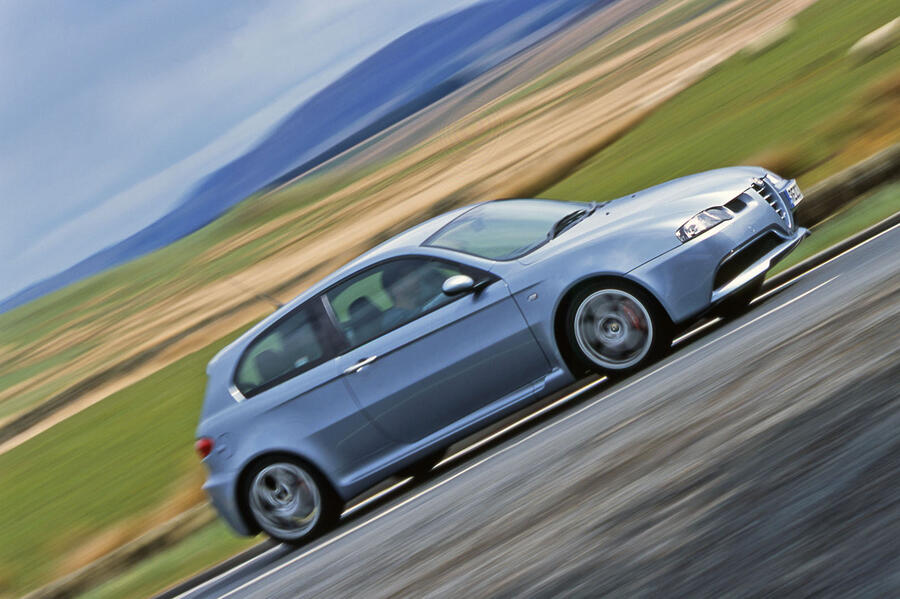
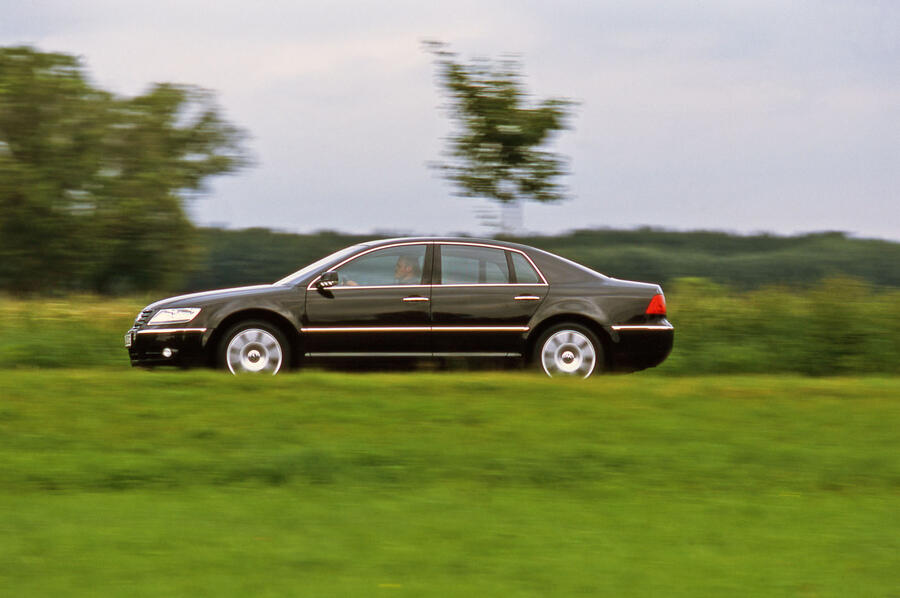
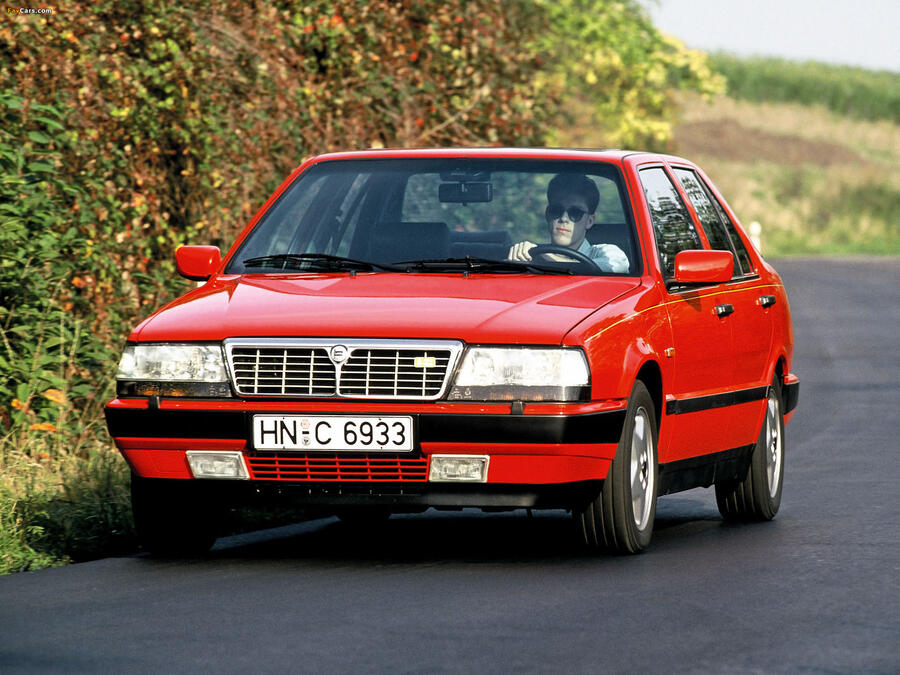
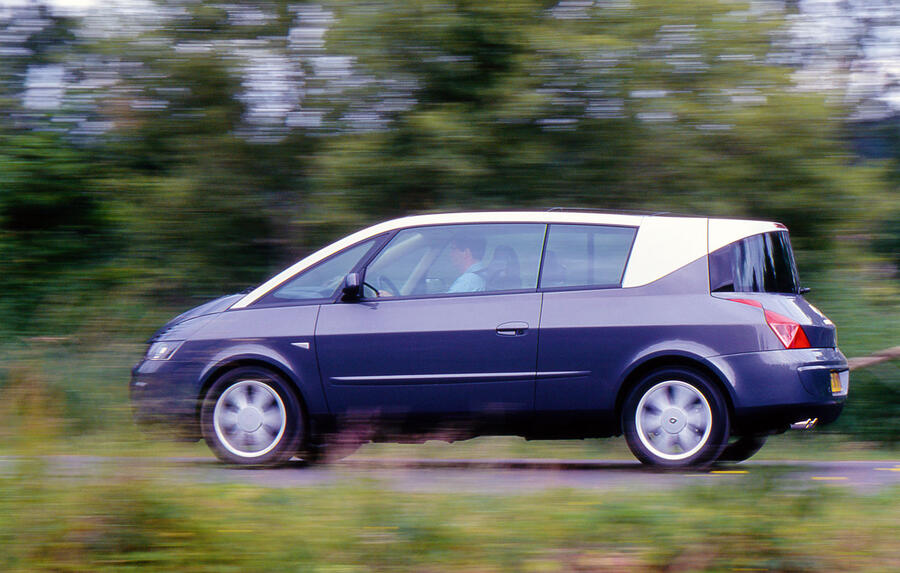
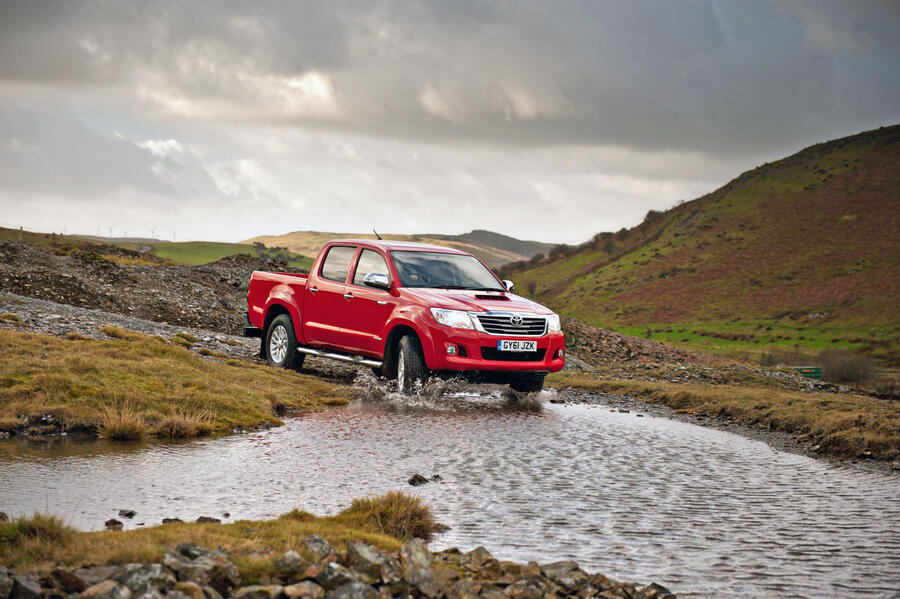
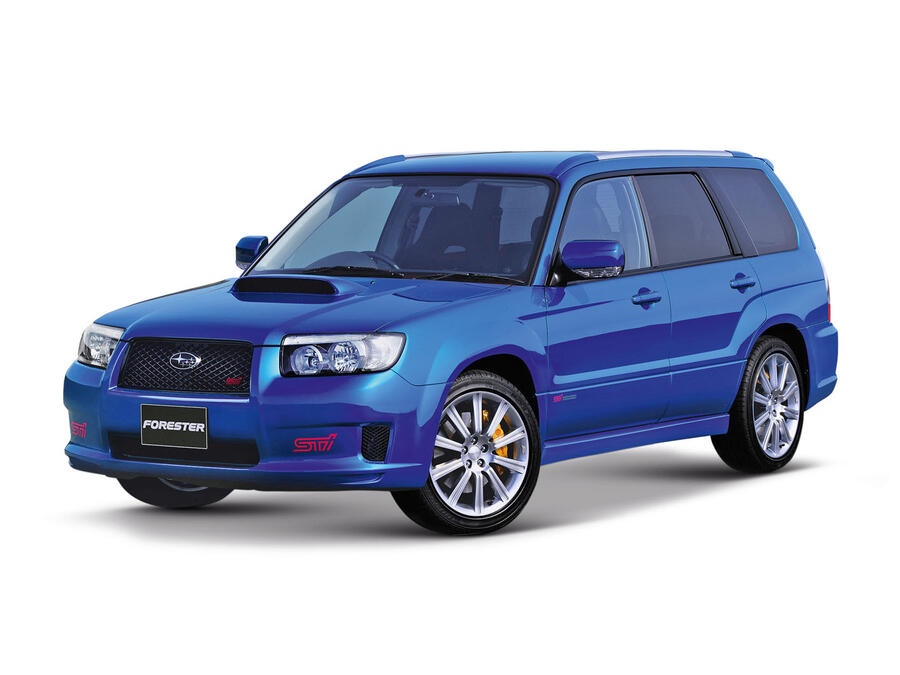
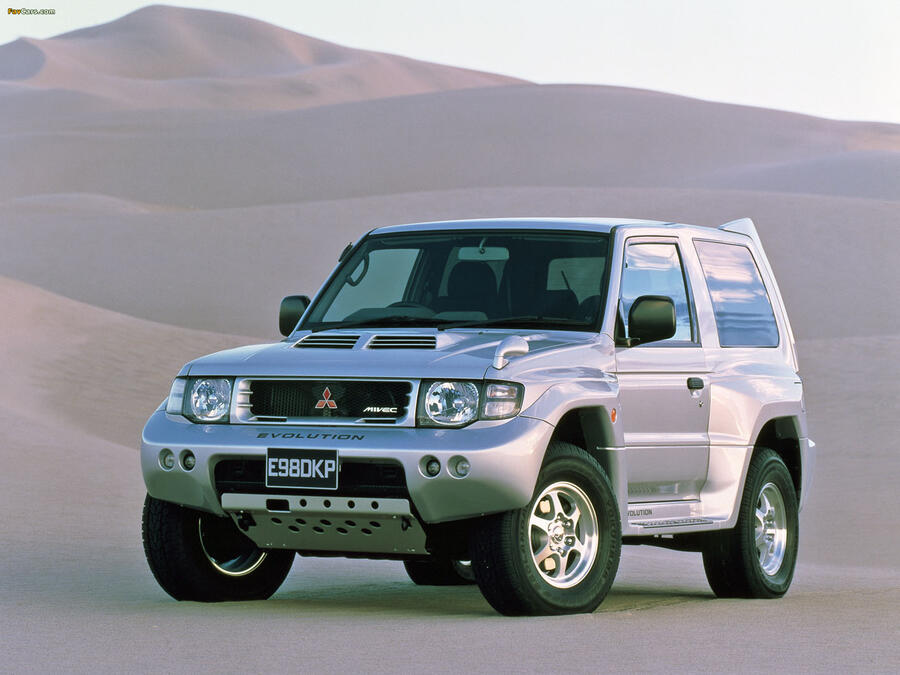
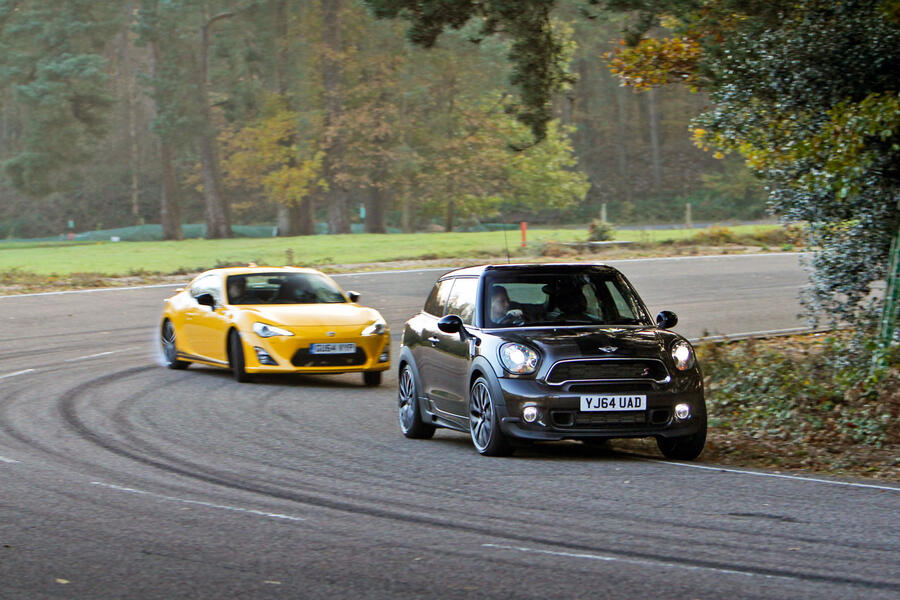

Join the debate
Add your comment
If a Renault Captur is
If a Renault Captur is "highly commendable" then I feel really sorry for those who must have a crossover but choose an alternative - I've driven a Captur and found it to be the sloppiest tarted-up washing machine of a car I've ever driven. I think it was a 1.2TCe with a manual gearbox, but the response from the engine made it seem like I was using a CVT with a manual mode. Either that or the clutch was slipping - lots of noise, not much go. And the steering was laughable. At a 10mph crawl a quick swing of the wheel in either direction produced no change in direction of the car, yet induced body roll to rival my mk4 Fiesta when driven enthusiastically. Comical. Are people not scared by the lack of feedback from cars like these when they test drive them? Or don't people test drive cars these days?
Plenty of interesting cars
Plenty of interesting cars but, a pity that most of them will only work sometimes, except the Japanese ones.
What’s gone wrong ?
Obviously an article in which Andrew Frankel didn’t have a hand in , it actually suggests an M100 Lotus Elan might be a reasonable bet, the car Andrew constantly slags off. More importantly ( for me ) the car that did catch and pass Andrew at Thruxton in the new Alpine , on the day he wrote that “no car passed him the whole day” ? Sadly Andrew little anomalies like this undermine your journalistic reputation, which I find very sad indeed.
Ravon wrote:
So easy to sit with a take away coffee and be judgemental. Frankel is a motoring journalist of the highest quality and being human, he does make the odd mistake. Have you ever made a mistake?. You must however be very keen on the man to have picked up on this. Go be sad for those who deserve your pity...the poor, destitute, starving, homeless, etc.
Yes & No
I disagree with your criticism of Andrew Frankel. I think that he is one of the very best motoring journalists in the world at this point in time. To my mind, he is at the top of his game.
But I agree with you if what you are saying is that the Elan M100 is a terrific car that is badly underrated. Its problem is that it failed to break the Lotus mould with the adoption of front wheel drive. If you could isolate it from the tradition of Lotuses having rear wheel drive as part of their DNA, I think that it would be judged very favourably.